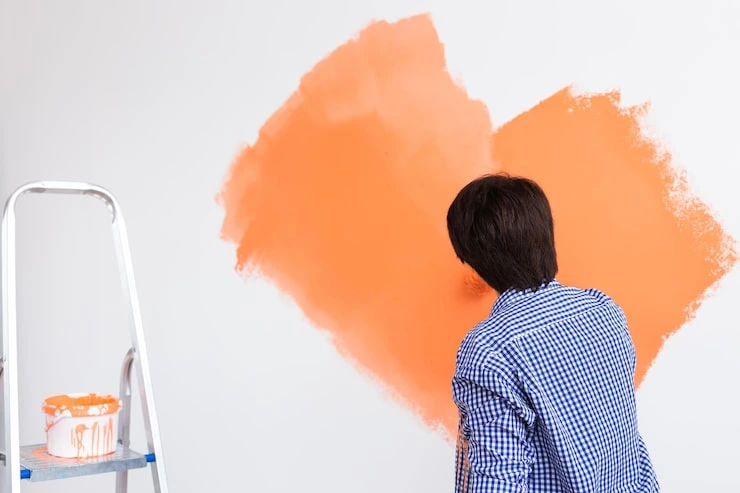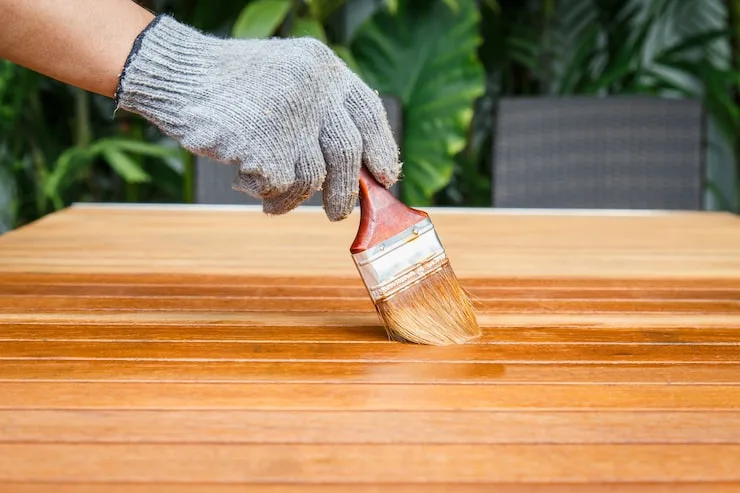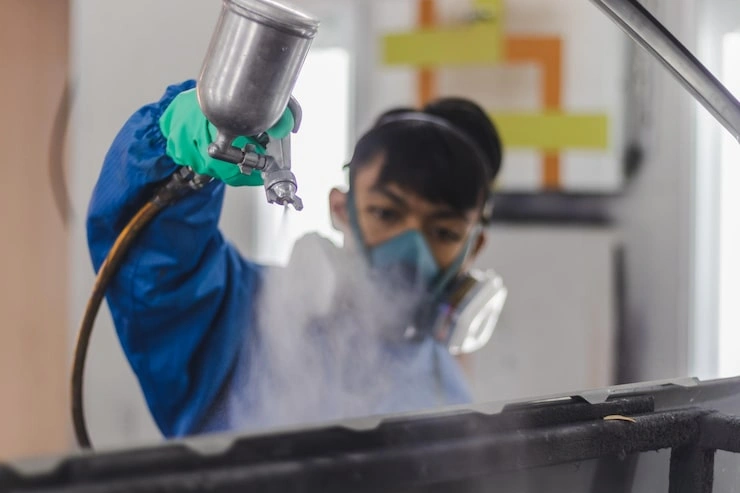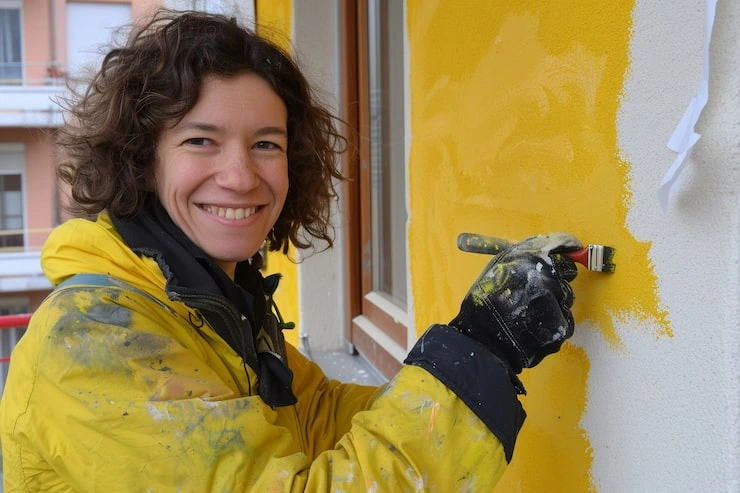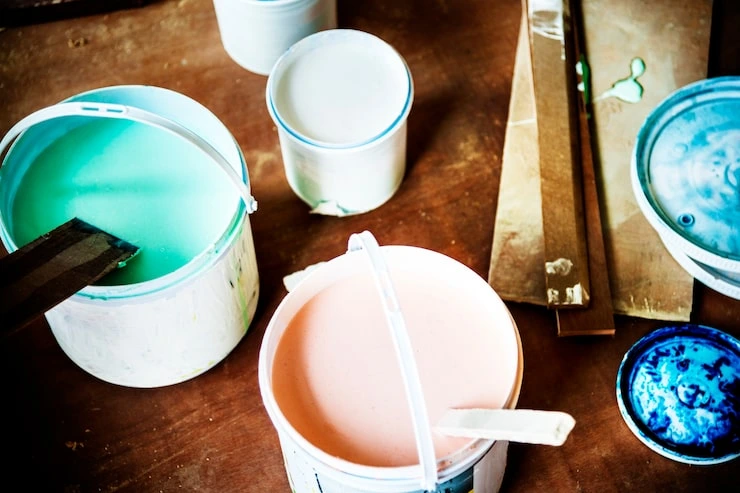Why do people discuss the specific smell of fresh paint? The fragrance from freshly painted surfaces appears attractive, but actually indicates dangerous, toxic paint fumes in the surrounding air. Paint fumes generated from wall painting or whole-house projects create health hazards that affect house residents, family members, pets, and any working painters.
Handling of paint products at Intercolor Painting LLC shows us that inadequate handling leads to multiple symptoms, including headaches, dizziness, nausea, breathing problems, and lasting organ damage and respiratory issues, which are expected outcomes. Expectant mothers, as well as people with asthma and families with children, need to be extra cautious when facing paint fume dangers. This blog explores what paint fumes are and their risks and side effects, with practices to create protected environments for Tukwila and Seattle projects.
Understanding of Paint Fumes and Risks Associated with Their Exposure
What Are Paint Fumes?
The drying process of paint generates trace airborne elements that become known as fumes. Oil-based paints and volatile organic compounds (VOCS) found in numerous types of paint products produce the fumes that people breathe in. Health risks stem from toxic compounds that include toluene, xylene, acetone, and formaldehyde. VOCS remain present even though paint producers advertise their products as “low-odour.” Chemical exposure signals itself through the unique odor of new paint.
Familiar Sources of Paint Fume Exposure
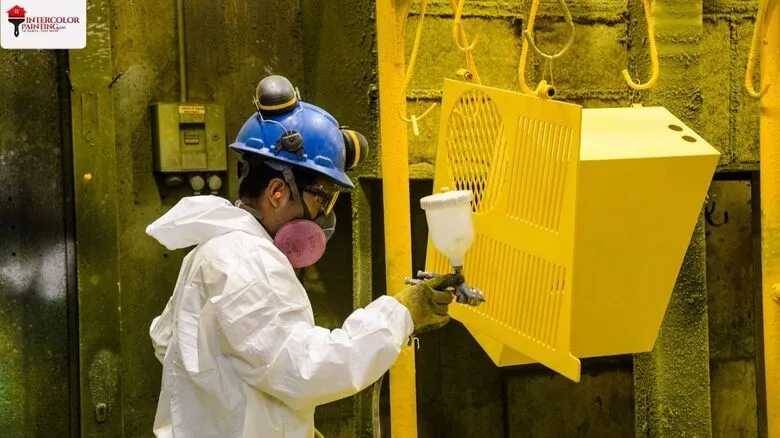
Paint fumes can affect you at any time when you perform the following work activities:
- Interior residential or commercial painting
- Spray painting in garages or enclosed areas
- Use of primers, thinners, and sealants
- Touch-up jobs or furniture refinishing
- Painting without proper ventilation
Occupational and DIY paint workers need to adopt protective measures against fumes when finishing workspaces in contained areas.
Short-Term Side Effects of Inhalation
Physical reactions always become apparent within short paint fume contact durations that exceed three hours:
- Headaches or migraines
- Nausea or vomiting
- Dizziness or confusion
- Irritation of the eyes, nose, or throat
- Shortness of breath or coughing
Allergy sufferers, asthma patients, and chemical sensitivity patients tend to develop faster and stronger symptoms after paint fumes enter their bodies.
Long-Term Health Risks from Prolonged Exposure
Health problems may arise from chronic exposure to volatile organic compounds (VOCS) and chemicals used in paint. Professional painters or individuals who are exposed to paint in poorly ventilated spaces may face even greater risk. Some long-term effects are:
- Liver and kidney damage: VOCS like toluene can cause liver and kidney damage since they are known to cause lesions to these organs.
- Neurological effects: Long-term exposure may result in amnesia, mood changes and problems with paying attention.
- Cancer Risk: Benzene and formaldehyde, which are parts of some paints, are categorized as chemicals that can induce cancer.
- Respiratory disorders: Fumes may cause illnesses such as chronic bronchitis, asthma, or deterioration of inhalational capacity and lung function.
Vulnerabilities in these areas demonstrate the need for safety measures in every activity, no matter how simple.
High-Risk Groups and Special Considerations
Children, women in their second and third trimesters, and elderly people are the most exposed groups to the dangerous effects of paint fumes. To safeguard their personal health, children, elderly people, pregnant women, and women in the latter half of the third trimester should focus more on the exposure level or altogether avoid the fumes.
- Pregnant women: It poses a danger to fetal development and increases the chances of birth defects and other anomalies in newborns.
- Children: They are the most sensitive to receiving toxic substances, which can lead to damage to their developing lungs along with the effectiveness of their immune system.
- Seniors: May suffer from undiscovered breathing problems or heart conditions, which may increase the risk for ageing people.
- Persons suffering from asthma and those with sensitivities to chemicals: Even minimal concentrations of fumes may cause drastic responses.
We at Intercolor Painting recommend that clients set the premises to be painted so that they and their families can only return after it is confirmed safe.
Safety Guidelines to Minimise Exposure
Spray painting’s dangers can be averted efficiently using proactive measures, including:
- Selecting low-VOC or zero-VOC paints
- Ventilating the premises by opening the windows and switching on the exhaust fans
- Containing adjacent rooms to prevent the spread of fumes
- Appropriate masking, either with N95 masks or VOC-rated respirators
- Avoid remaining in the painted area longer than is necessary
- Preventing sensitive individuals from being charred, alongside children, pets, or even the elderly
- Refraining from keeping open paint cans indoors, locked, or otherwise, never store them within the premises
- Responsibly discarding of waste according to local regulations
How to Minimise the Risk and Exposure of Paint Fumes?
Keeping in breathability protocols for the breathability of the environment makes certain that pre-, post-, and during-painting protocols are iterated upon and followed accordingly, alongside eco-friendly product selection protocols via the website. Here’s what sets us apart:
- With the use of water-based, low-VOC eco-labelled products, we do not compromise on quality while taking care of the eco-conscious.
- Active internal airflow zones add industrial-grade air movers, air scrubbers, and fans to remove fumes at an accelerated rate.
- We take advantage of OSHA’s protective policies, which require our crew to wear gloves, masks, complete body protection, and surgical gowns. These policies ensure the strict use of PPE.
- Post-Job Air Quality Checks: We do not simply pack up and leave. We ensure that your home or business is safe for re-entry.
- Stay Safe with Intercolor Painting LLC: In addition to serving homeowners in Tukwila and Seattle, we work with businesses and bring with us years of experience in painting safely and efficiently. Our thorough prep work and clean-up, coupled with fume control, allows us to complete your project without exposing your family or staff to undue dangers.
By hiring us, you are not merely hiring a painting crew, you are selecting a team that takes your health and wellness seriously.
Conclusion
Unchecked, paint fumes pose a bad odour problem and a health hazard. Engaging with professionals like Intercolor Painting LLC lets you reap the benefits of their painting projects without compromising your health. If you want a neat paint job without hazardous fumes, contact Intercolor Painting LLC for safe and professional paintwork in Tukwila and Seattle.
FAQ’s
How long do paint fumes stay in the air?
Paint fumes normally last 1 to 3 days, but this varies depending on the type of paint used, room size, and ventilation. Oil-based paints, though, take longer to dry than low-VOC latex paints.
What’s the safest paint to use indoors?
Low-VOC and zero-VOC water-based paints are the safest paints to use indoors. They are less harmful to the environment and easier to manage during home improvement projects.
Can breathing paint fumes be harmful?
Absolutely, and especially in poorly ventilated spaces. Paint vapours induce headaches, nausea, dizziness, and severe respiratory or neurological damage over time.

